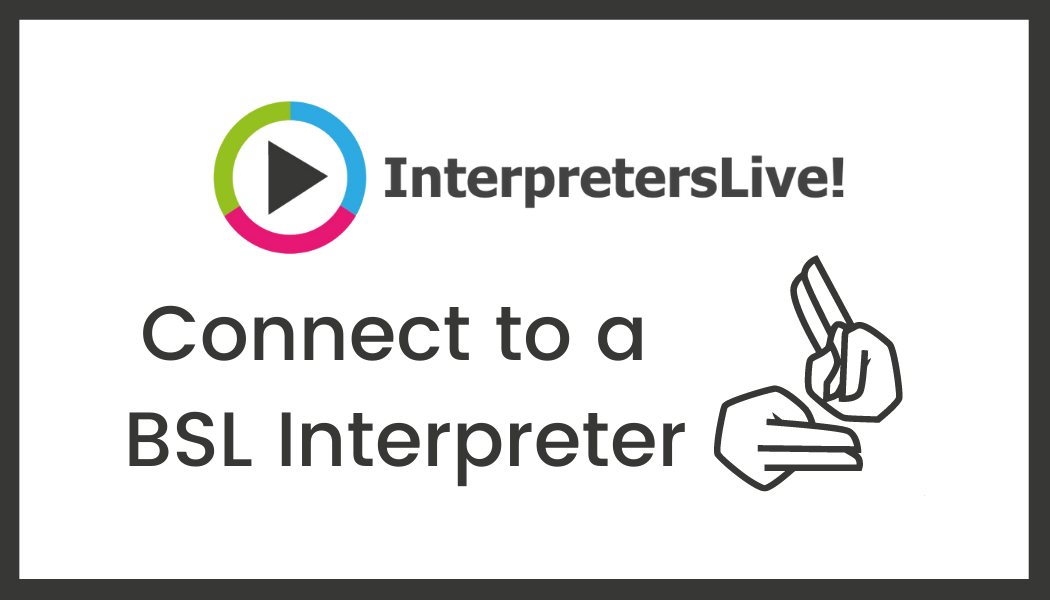
Communication is key in any sports workplace. It’s necessary to keep staff members on the same page as you, synchronize teams, and strengthen performance.
Unfortunately, effective communication isn’t always easy to achieve. 86% of employees and executives cite poor communication as one of the core causes of workplace failures. One of the primary challenges managers and leaders face is figuring out how to handle complex conversations with their staff members. In every workplace, issues can arise which require a difficult discussion.
You may need to address a dip in performance with an otherwise stellar employee or discuss emotional issues like burnout and lack of engagement.
While conversations such as these can be challenging for every party involved, they’re fundamental to ensuring your employees can continue to deliver and thrive in their roles.
So, how do you handle complex conversations correctly?
Step 1: Gather the Right Information
Preparation is essential to any valuable conversation. The more information you have to go into the meeting or discussion with, the more likely it is you’ll be able to achieve a mutual understanding.
For instance, if you need to speak to your employee about problems with their performance, telling them they seem “distracted” at work might not drive the right results. Most staff members will act defensively when presented with negative feedback and may attempt to argue that their perceptions are incorrect.
However, if you enter the meeting with evidence of your employee missing deadlines, receiving negative feedback from clients, or failing to achieve objectives they have been set related to their role, they will be much more likely to listen.
Having more specific information on hand will also facilitate a deeper discussion about what’s actually going wrong. For instance, your employee may be delivering the same quality of work, but missing deadlines, which could indicate an impending risk of burnout.
Step 2: Set the Stage for a Valuable Discussion
The right setting and plan can make a huge difference in the outcomes of a complex conversation. For instance, when discussing difficult topics, most employees will want a private setting, which allows them to keep the situation confidential. Nobody wants to be called out in front of their colleagues and peers.
Choosing a room or environment which feels comfortable and open can be helpful. An employee shouldn’t feel like they’re being interrogated, or this can lead to a very one-sided conversation, where your team member immediately begins acting defensively.
Schedule a meeting with your employee at a time suitable for both of you and allow time to have a detailed conversation. It may also be worth letting your staff member know exactly what you’re going to be talking about in advance, so they can come prepared.
For example, instead of saying “We need to discuss what happened in the last meeting”, you can say, “I feel like you weren’t as engaged as usual in the previous meeting, let’s set up a discussion so we can arrange how to address that going forward.”
Step 3: Put Facts Before Feelings
A complex conversation can easily become emotional. However, allowing emotions to run rampant can lead to arguments between staff, rather than valuable conversations.
With this in mind, it’s important for you to show your leadership skills, and take an objective, logical approach.
Using the facts you’ve gathered during the initial preparation stage, start thinking about how you can structure your conversation to put logic first. Introduce all of the key issues you want to address at the beginning of the conversation, with evidence and proof for validation.
Don’t tell your employee how disappointed you are, and avoid using “I feel” statements. Instead, remain as calm and objective as possible. Instead of saying “I feel you just didn’t do your best here”. Say, “Based on (facts), you can see this project doesn’t reflect your best work. What happened?”
Step 4: Stay Positive
Although it’s valuable to maintain an objective and logical viewpoint when approaching a complex discussion with one of your team it’s also helpful to maintain a positive outlook. The aim isn’t to berate or upset your employee, but to start working together on a solution for the problem you’ve discovered.
Your staff members will be far more inclined to work with you on resolving the issue if they feel as though you’re approaching it with a positive mindset. Rather than just accusing your employee of not working as hard as usual, or being lazy, ask them why they think the issue has happened.
Use this feedback to offer advice on how they can make positive changes. For instance, if an employee feels overwhelmed by too much work, you could suggest different scheduling strategies, or ask them whether they’ve considered delegating some of their tasks.
Step 5: Listen to Your Employee
A conversation is a two-way experience. Unfortunately, it’s easy for a manager to fall into the trap of simply speaking “at” their employee, rather than speaking with them. Even if you have a lot of proof to back up the complaint you’re making, it’s important to remember you may not have the whole story. The only way to effectively resolve a problem is to ask relevant questions and listen to the answer.
Rather than trying to “win” the conversation and prove your employee has done something wrong in a negative conversation, for instance, aim for mutual understanding. By the end of the discussion, your employee should understand they’re not adhering to your expectations, and you should have a better knowledge of why their performance is slipping.
After you’ve presented the facts, give your employee a chance to share their perspective.
This will pave the way for a better conversation, where you can start discussing potential solutions as a team. This strategy will not only improve your chances of resolving the issue but also lead to a better relationship between you and each individual on your team.
Step 6: Follow Up
Finally, just because a complex conversation comes to an end, doesn’t mean your work is completely done. The purpose of any difficult conversation with a team member should always be to inspire positive action, change behaviour, and results.
Whether you’re discussing burnout, emotional issues, or performance problems, you should always end the discussion with a plan of what to do next. Come up with a strategy using the input of your staff members, and then follow up to see whether the resolution is working.
Checking in, or arranging an additional meeting in the future will ensure you don’t lose track of the issue and allow it to snowball. It also means you can work together to come up with alternative solutions if your initial strategy doesn’t work out.
Difficult Conversations are Common
In any sports workplace, there’s a good chance managers and leaders will have to deal with difficult conversations at some point. Performance issues can arise anywhere, and burnout can cause significant problems for employees. Being able to discuss complex, emotional, and even negative topics effectively are crucial if you want to get the most out of your team.
Of course, it always helps to hire the right people to begin with, focusing on candidates who share your open communication style.
Your partner in action
The future of sport is driven by difference. Here at level=, it’s our mission to help every sports organisation, regardless of size or scope, bring diversity and inclusion to their leadership and broader teams.
Whether you are building greater equity within your organisation or looking to take the next step in your career in sport, our team is committed to working with you to offer the skills, services and access to a globally diverse and level field of possibility.
Connect with us on 020 8392 9959 or email hello@levelequals.com.




